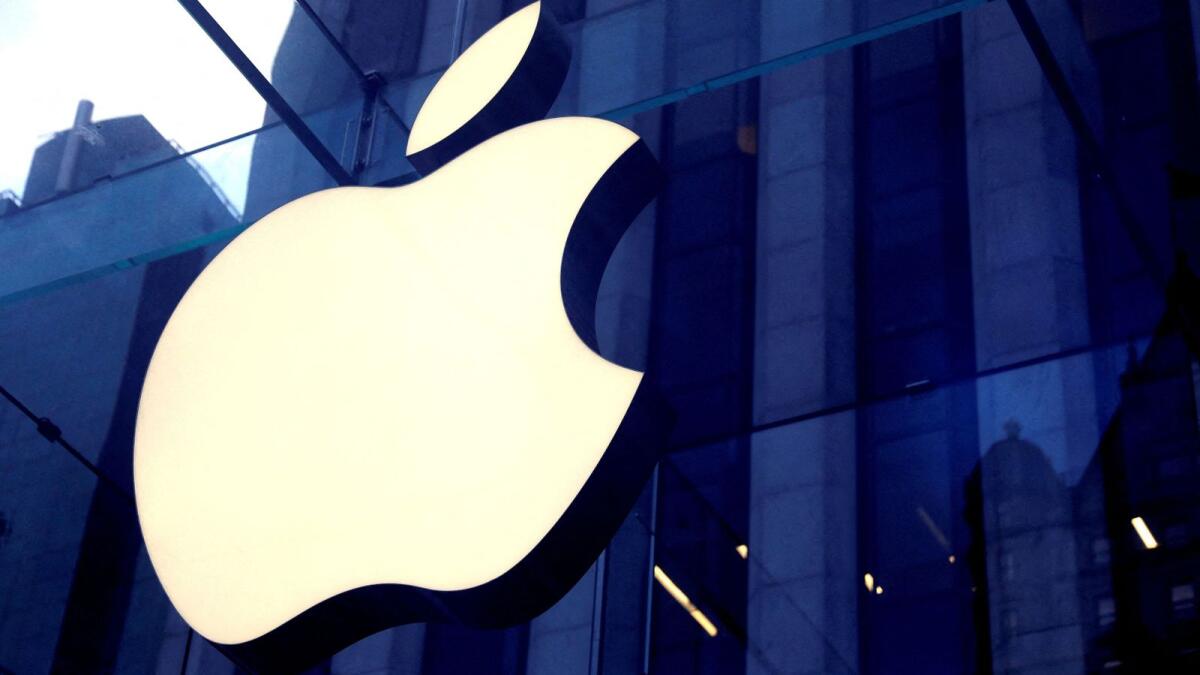Apple is set to transition from using liquid crystal displays (LCDs) to organic light-emitting diode (OLED) displays for all iPhone models sold in 2025 and beyond, according to a report by Nikkei business daily. This shift will exclude Japan’s Sharp Corp and Japan Display from Apple’s handset business. Sharp and Japan Display had a dominant share of iPhone displays about a decade ago but have recently only supplied LCDs for the iPhone SE and do not mass-produce OLED displays for smartphones.
Apple has already started placing orders for OLED displays for the upcoming iPhone SE from China’s BOE Technology and South Korea’s LG Display. This move marks a significant shift in Apple’s supply chain strategy as the company moves towards adopting more advanced display technology across all its iPhone models. However, both Sharp and Japan Display declined to comment on the report.
The decision to move to OLED displays is likely driven by the superior quality and performance of OLED technology compared to LCDs. OLED displays offer better color accuracy, higher contrast ratios, faster response times, and lower power consumption, making them an ideal choice for premium smartphones. By transitioning to OLED displays for all its iPhone models, Apple aims to enhance the overall user experience and remain competitive in the fast-evolving smartphone market.
The exclusion of Sharp Corp and Japan Display from Apple’s supply chain underscores the challenges faced by traditional LCD suppliers in keeping up with the shift towards OLED technology. As Apple focuses on incorporating cutting-edge display technology in its devices, suppliers that fail to adapt may risk losing out on lucrative opportunities. This move also highlights Apple’s commitment to innovation and staying at the forefront of technological advancements in the industry.
The shift towards OLED displays aligns with Apple’s long-term strategy of offering premium products with the latest technology to maintain its position as a market leader. By embracing OLED technology for all its iPhone models, Apple is signaling its commitment to providing users with the best possible display quality and performance. This shift is expected to drive further adoption of OLED displays in the smartphone industry and set new standards for display technology.
Overall, Apple’s decision to transition to OLED displays for all its iPhone models sold in 2025 and beyond represents a significant milestone in the evolution of display technology in smartphones. This move underscores Apple’s dedication to innovation and delivering cutting-edge products to consumers. As the smartphone market continues to evolve, the shift towards OLED displays is likely to set a new benchmark for display quality and performance in the industry. By partnering with leading OLED display manufacturers, Apple is positioning itself for success in the competitive smartphone market landscape.











